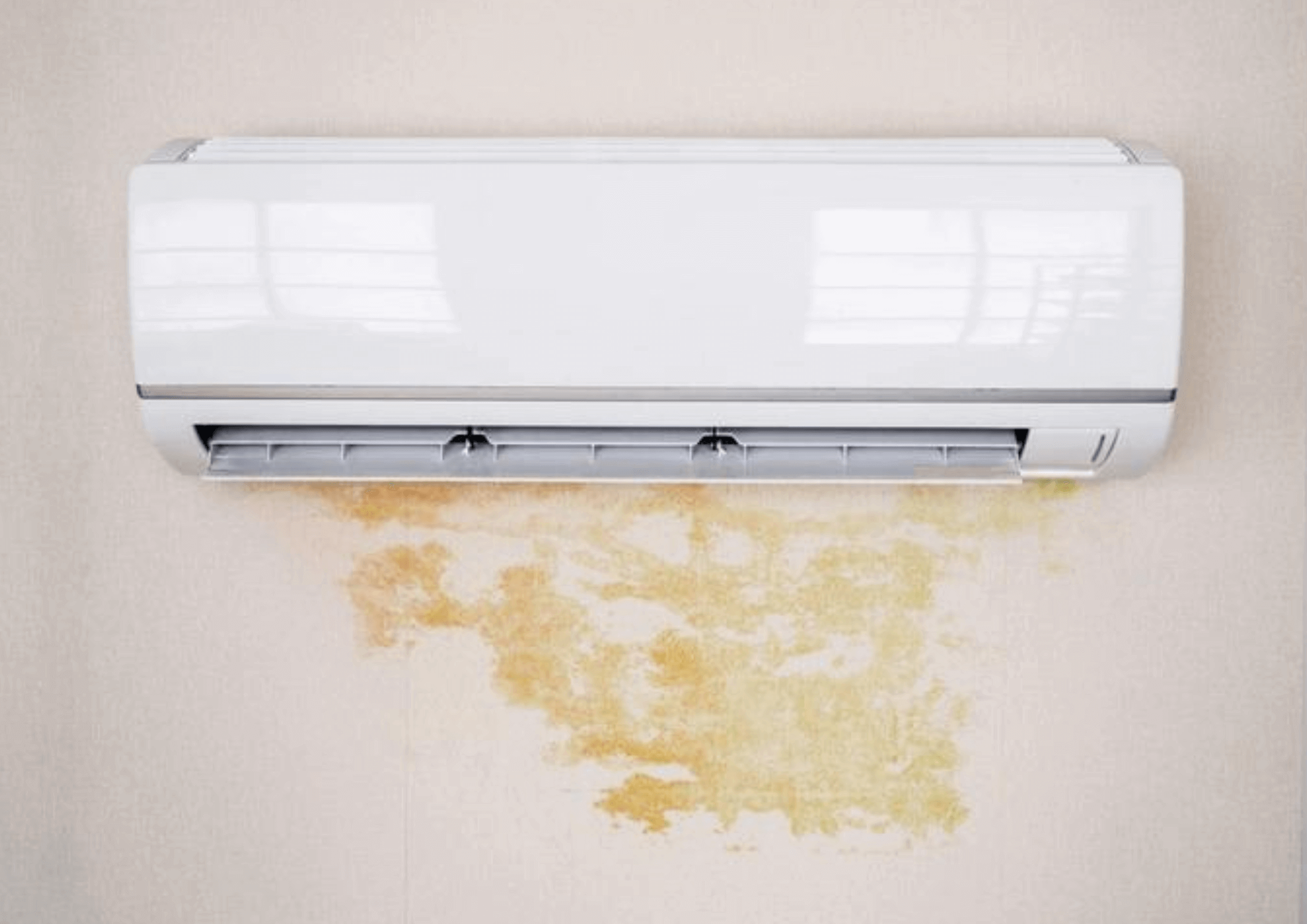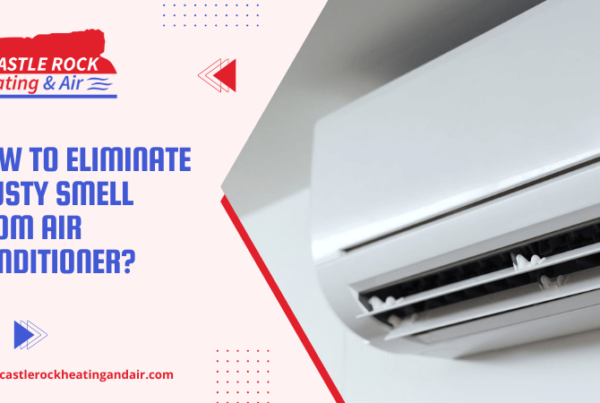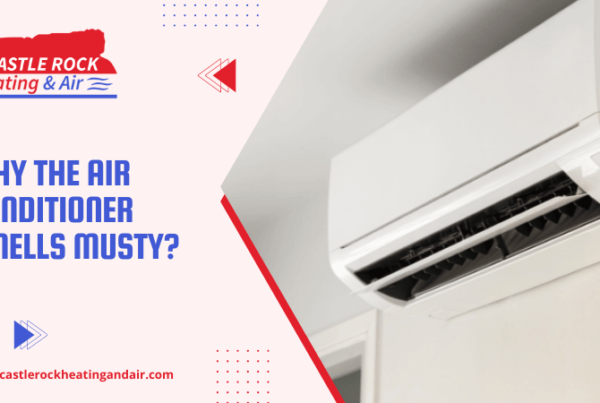
A well-functioning air conditioner is an absolute necessity during the warmer months in Castle Rock. But AC can develop many issues due to the wear caused by constant use. These problems can lead to permanent damage and expensive repairs if not addressed on time.
So, here, we have listed some common air conditioning problems and mentioned ways to troubleshoot them. It will help you maintain your air conditioner for longer and save you money.
Air Conditioning Problems and Ways To Fix Them
1. AC Doesn’t Turn On
Sometimes, your unit stops working and just won’t turn on. If this happens, you should first check your thermostat. The issue can be due to the thermostat running out of battery or improper calibration.
Replace the dead batteries on the temperature control with new ones and ensure you’ve programmed the thermostat correctly. If not, then set it to ‘cooling’. Perform a quick calibration test by lowering the temperature by 10℃.
Then, an hour later, check the temperature of air coming from the vents with a digital thermometer. If these solutions don’t work, reset the AC circuit breaker and try again.
2. Warm Air Coming From the Unit
Your air conditioner may start giving out warm or lukewarm air instead of the cool one it is supposed to. It happens when the air filters get clogged due to dirt and grime.
Just clean out the air filters, or if you are due for a replacement, change them completely. If your AC is still not blowing cold air, the reason can be low refrigerant levels. Confirm this by feeling the bigger copper coil near the Condenser.
If it’s hot and dry to the touch, it indicates low refrigerant levels. Replace the refrigerant( Freon) in the system. Once you do that, your AC will again give out cold air.
Note: If you don’t have enough experience with AC components, replacing the refrigerant can be dangerous. It’s best to contact HVAC experts from Castle Rock Heating & Air to refill and replace Freon from your unit.
3. Leakage

You can expect some leakage issues in an AC system. But if the drainage system gets clogged or damaged excessively, it can lead to major leaks in your home. To prevent that, do the following.
- Pour vinegar down the drain pipes once every two months. It will prevent mold and other fungal growth and stop the drain pipe from backing up.
- Replace the dirty air filters regularly to prevent coolant build-up and reduce the chances of a leak.
- Also, if there are any cracks in the drain pan, apply a water solution sealant on it to stop the leak.
If you can’t find the source of the leak or there is excess water flow, we recommend getting professional help to fix the leak and prevent water damage to your home and your air conditioner.
Check out this air conditioner maintenance checklist.
4. Noisy System
Another common air conditioning problem is the loud and irritating sound you hear when your AC is running. These squealing and squeaking noises occur when your unit struggles to keep the room cool.
Common reasons for noisy ACs are dirt and dust stuck inside your outdoor units or dirty air filters. To silence the noisy air conditioner, remove the debris around the outdoor unit and clean or change the air filters.
If the noise persists, there are issues with fans, compressors, or other crucial AC components. So, if cleaning doesn’t fix the issue, getting professional help is the only way to detect and resolve the noise problem.
5. Uneven Temperature
Our clients often complain that some parts of their home are cooler or hotter than others. The reason for this is an uneven temperature distribution due to your unit sending out cool or warm air to different areas at different rates.
Your AC prioritizes these areas based on factors like room size, location of the air vents, windows, and outside temperature. To fix this, block large windows with blinds and curtains. You can also install duct dampers to regulate the airflow in your home and balance out the temperature.





